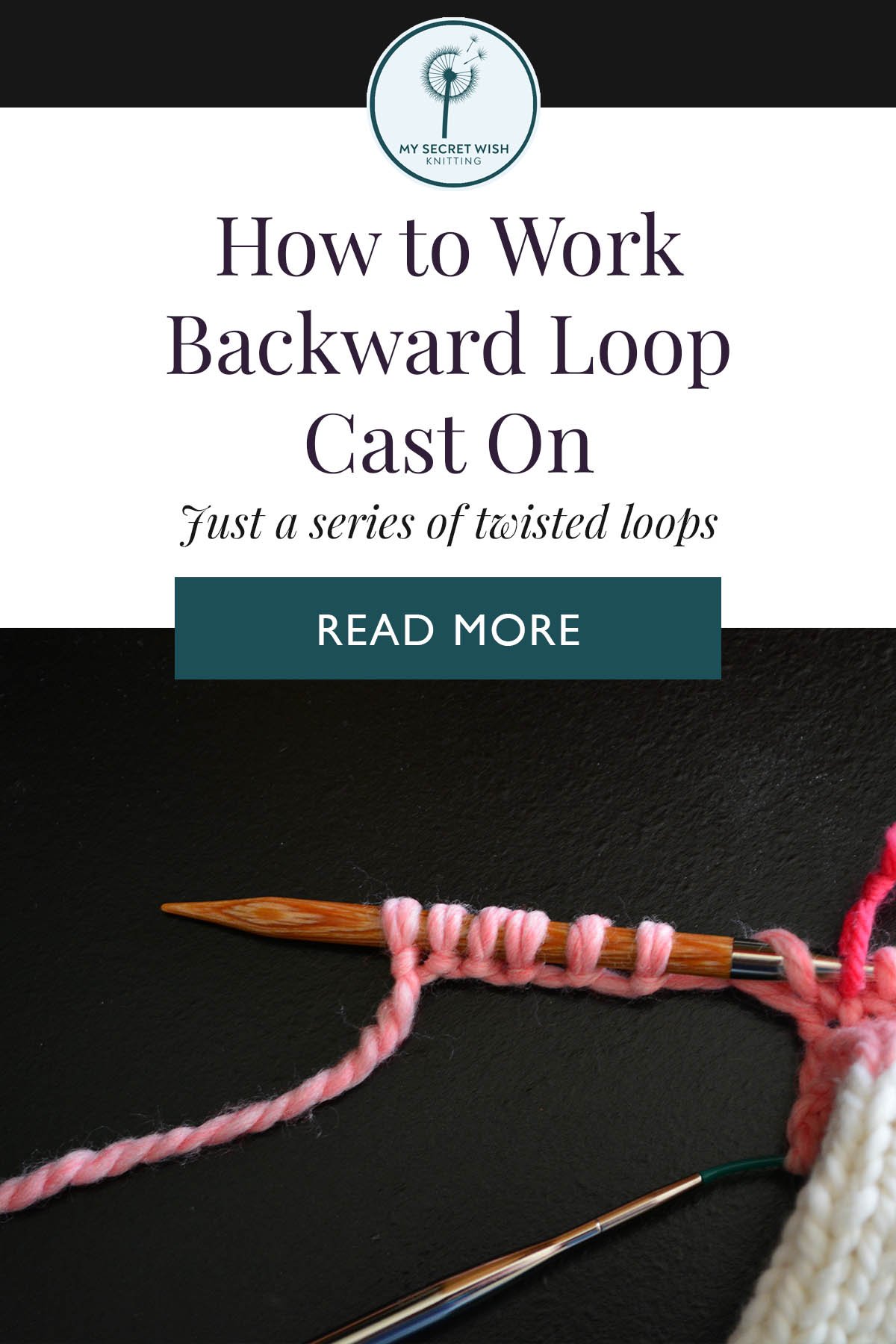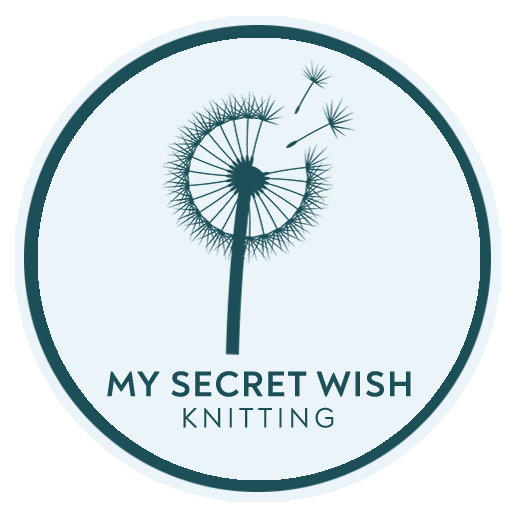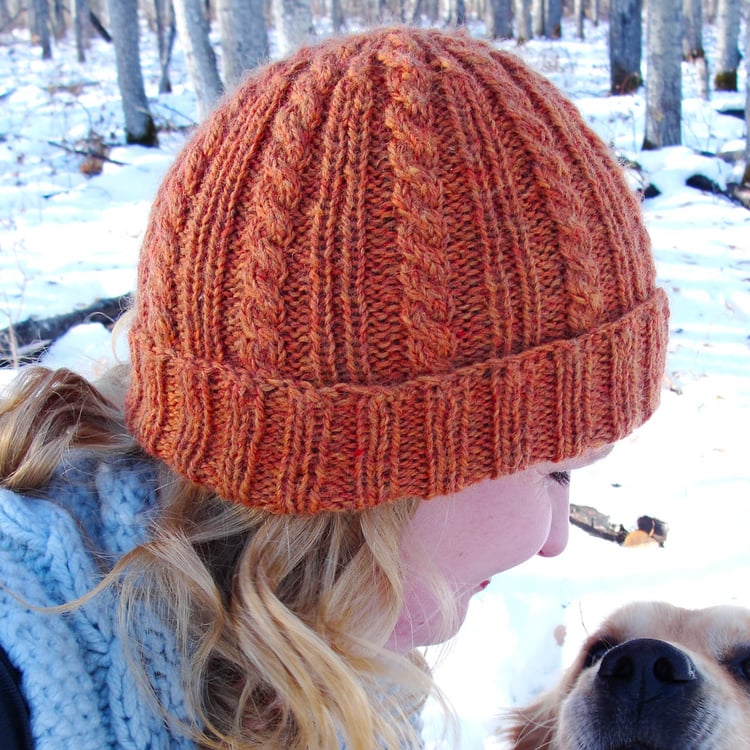
Backward Loop Cast On
Casting on doesn’t get easier than a series of twisted loops.
This cast on is ideal for places where you only need to cast on a single stitch, such as closing up the gap over a thumb gusset or glove finger, or for adding a few stitches to shape fabric for an armhole. It’s very easy to teach to children, but it it has drawbacks: when casting on multiple stitches, it tends to create too much extra yarn between stitches and the gauge is usually unlike the rest of the piece. The stitches usually end up very tight and difficult to knit into also.
If you’re looking to cast on multiple stitches for a starting edge, a better basic go-to cast on is probably the Knit Cast On or the Long Tail Cast On.
You may also want to check out the tutorial for How to Make a Slip Knot.





